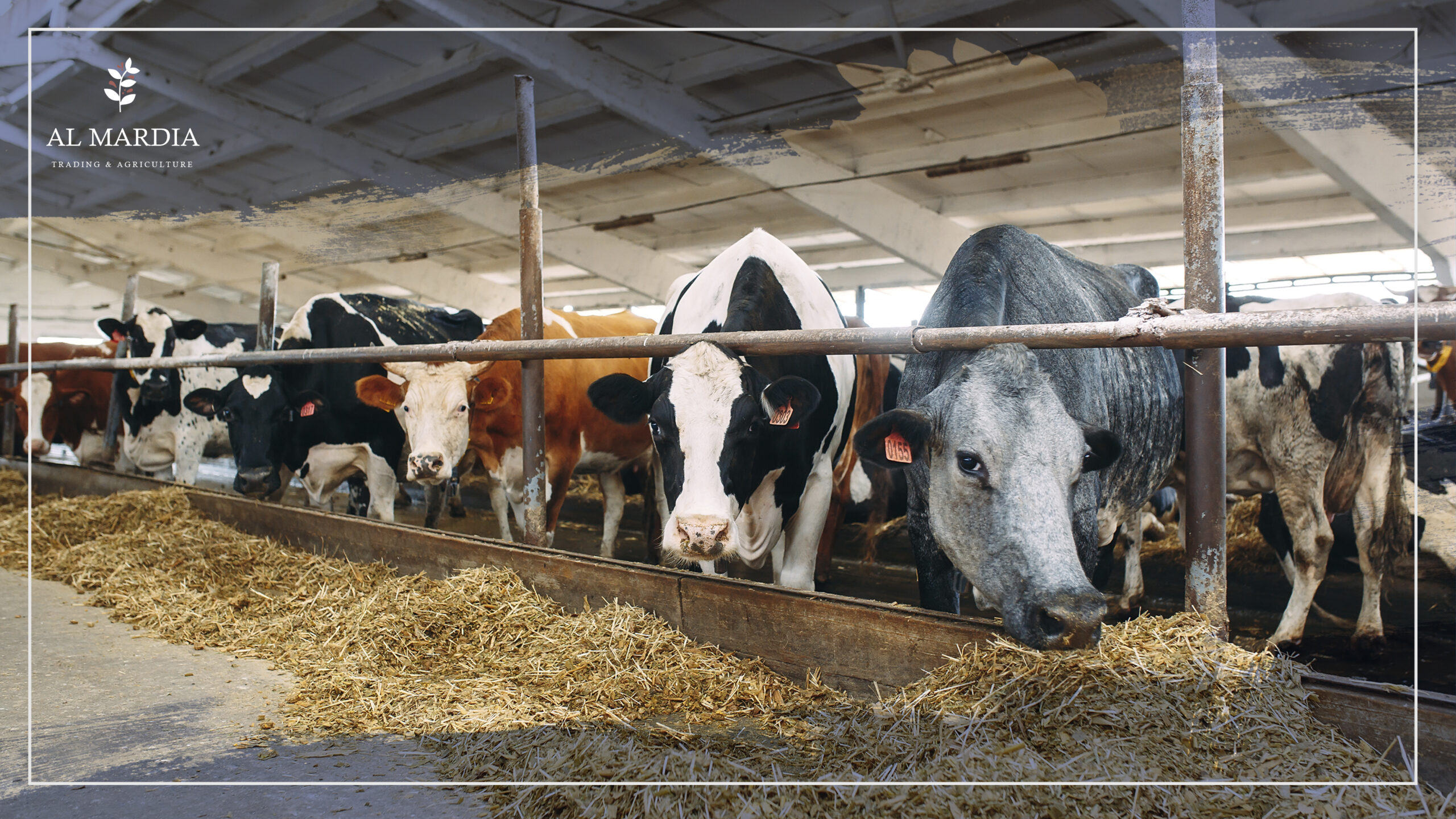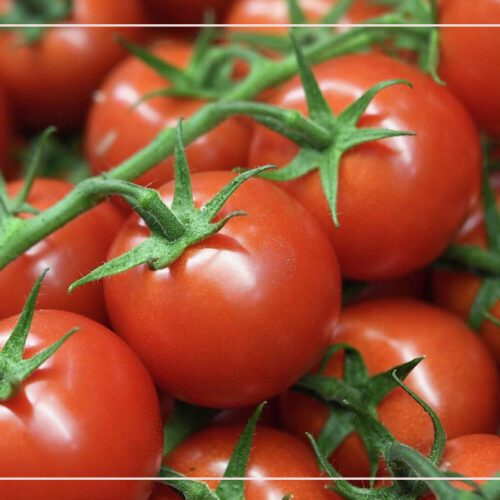
How to Improve Cattle Production?
Grazing is an essential part of successful beef production. It provides forage for cattle, helps manage soil health, and can increase the efficiency of producing quality beef. Different grazing systems can be employed to achieve a variety of outcomes such as improved animal performance, efficient utilization of resources, and improved environmental sustainability. In this article, we will explain the best practices to increase the efficiency of your livestock and to improve cattle production.
Grazing management is essential to maximizing any pasture system’s profitability. Precise control of grazing pressure and herd structure is key to improving pasture health, increasing forage production, and reducing labor costs. By understanding the best grazing management practices and applying these principles, farmers can ensure optimal productivity from their pastures and maximize their profit margins.
Utilizing oriented strategies and formulas, plus replicating and including your own functional samples, you would be able to:
- Calculate the stocking rate for a fixed time frame.
- Choosing the right stocking rate per hectare for short-term grazing with a strategic approach.
- Strategize pasture and animal management on a seasonal basis in order to effectively reach the desired objectives.
- Estimate the total financial advantage for the grazing enterprise. This knowledge allows for more detailed management of the grazing venture.
Measures of efficiency:
Beef cattle production efficiency is a measure of the amount of output generated from a given input. It can be expressed in terms of both general production efficiency and feed efficiency. General production efficiency measures the amount of output produced utilizing the same resources, while feed efficiency measures the amount of feed consumed to produce a given output.
By understanding and improving upon these two measures, beef producers can increase their overall profitability and reduce their environmental impact.
In the cow–calf production sector, the total weight of calves weaned during a cow’s lifetime is a crucial output component. This metric measures the survival and reproductive performance of cows, making it a key indicator of overall herd health and productivity. With advances in AI technology, producers can now use autonomous writing assistants to help them monitor and analyze this important metric more effectively.
How to select your cattle?
Beef cattle selection has become increasingly essential in recent years, with producers looking for ways to maximize production efficiency. Selecting for increased growth rates and improved feed conversion can lead to a population of beef cattle with larger mature body sizes and greater maintenance requirements. As such, this selection process must be approached carefully, taking into consideration the increased need for feed and other resources.
Presently, Residual Feed Intake (RFI) is a reliable metric used to evaluate the efficacy of animal feed.
Changes in the efficiency of beef cattle:
Despite prior periods of negative selection pressure, the efficiency of beef cattle production has drastically improved over the past half-century.
In order to meet the increasing global demand for food while mitigating environmental degradation, continued improvements in beef cattle efficiency are essential. This requires a comprehensive approach that considers both economic stability and environmental sustainability. Through advances in breeding, nutrition, and management techniques, it is possible to increase beef cattle efficiency while reducing overall costs and preserving our natural resources.
How to Improve Efficiency?
Production management
Proper management practices, such as raising carcass weight, shortening age at slaughter, maintaining desired heteros and utilizing multi-trait selection indices, can be helpful. These practices help to ensure the highest possible yields and the health of the animals. It also offers cost savings in feed and labour. By utilizing these management techniques, producers can maximize their profits while providing customers with quality products.
Beef-breeding programs should give priority to the selection of cattle with rapid growth and moderate to large frames. That would lead to a sharp decrease in the number of animals required for the production of equal amounts of meat. However, in extensive grazing systems, cattle that are large-framed require higher inputs of feed. Furthermore, they are less fertile if the forage quality is not adequate.
Related Topic: All you should know about Dairy Farming
Alteration of feed
Grain processing
Recent studies have shown that the over-processing of grains can have detrimental effects on animal health and production. When ramen pH falls below 5.2, this indicates excessive grain processing, which can cause decreased digestibility and even damage to the digestive system of animals. Such excessive processing can lead to reduced nutrient absorption and a decrease in overall animal health and productivity.
In addition, excessive processing of barley and wheat can have a negative impact on feedlot steers fed a high-grain diet. Results showed that the total dry matter intake (DMI) was increased. At the same time, the gain-to-feed ratio, salable meat yield, and rib eye area were decreased. This indicates that the processing of these grains may be detrimental to their nutritional quality and could lead to reduced performance in feedlot cattle.
Improving forage utilization
It is essential to enhance the breakdown of dietary fibre in order to achieve maximal efficiency as fibres can impede ingestion and the digestion of food.
Mechanical treatment of feed, such as chopping, shredding and pelleting, increases the surface area for microbial colonies to grow in. Additionally, it helps reduce gut filling and increases feed consumption.
Food wastage
Globally, a huge amount of food is being wasted. In particular, it is estimated that 30% of cereals, 45% of roots and tubers, 45% of fruits and vegetables, and 20% of oil seeds and pulses are all being wasted. This not only has a detrimental effect on the environment but also impacts the global food supply chain. It is essential to take steps to reduce this wastage in order to create a more sustainable future for all.
Food production by-products, such as soybean cake, can be used as an alternative source of feed for rumination animals. Studies have shown that replacing traditional meals with this alternative has no noticeable effect on the daily dry matter intake. Volatile fatty acid production or apparent digestibility in dairy cows are not affected either.
In conclusion, although significant improvements have been made to beef cattle populations through dietary changes and genetic selection, their overall performance is still determined by other elements such as diet, environment, management practices, host genetics and the microbiome in their gastrointestinal tract. It is crucial to assess the performance of beef cattle in terms of their capability to use forage, their adaptability to the environment, their contributions towards providing quality protein, and their role in crop sustainability and biofuel production systems.
You can now check the full list of Pastoral Products
produced by Almardia Group
Common Questions:
-
How can we improve feed efficiency in beef cattle?
There are several strategies producers can use to improve feed efficiency. For example, selecting for feed-efficient traits, optimizing nutrition and management practices, and using new AI technologies.
-
Why is dry matter intake important?
Dry matter intake (DMI) is essential to livestock nutrition and health. By measuring the amount of feed consumed, producers can accurately estimate nutrient requirements. They also can manage animal performance, and evaluate the cost efficiency of their feeding program.
-
How can the beef industry be more sustainable?
A sustainable beef industry means finding ways to reduce emissions, use renewable energy sources, and implement regenerative grazing practices.





